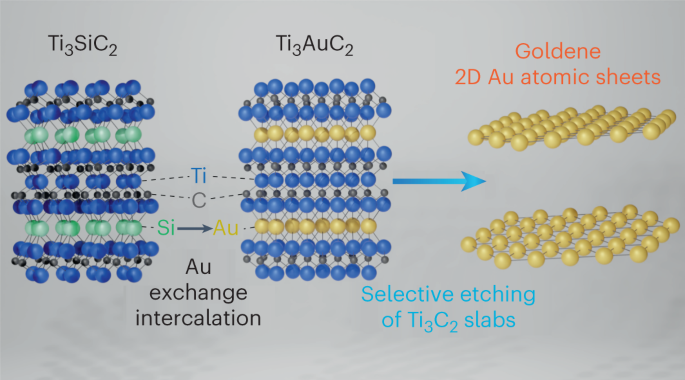2024-04-16 マックス・プランク研究所
◆新しい観測データでは、Sagittarius A*周辺の磁場がM87と同様のジェット形成を示唆しているが、そのジェットは弱い。偏光された光からの情報は、ブラックホールの周囲の磁場構造を解明する重要な手掛かりを提供しており、ブラックホールの進化と活動に関する理解を深める可能性がある。
<関連情報>
- https://www.mpg.de/21748380/0326-radi-sagittarius-a-150300-x
- https://iopscience.iop.org/article/10.3847/2041-8213/ad2df0
- https://iopscience.iop.org/article/10.3847/2041-8213/ad2df1
いて座A*事象の地平線望遠鏡による最初の観測結果 VII. リングの偏光 First Sagittarius A* Event Horizon Telescope Results. VII. Polarization of the Ring
いて座A*事象の地平線望遠鏡の最初の結果。VIII. 偏光リングの物理的解釈 First Sagittarius A* Event Horizon Telescope Results. VIII. Physical Interpretation of the Polarized Ring
The Event Horizon Telescope Collaboration, Kazunori Akiyama, Antxon Alberdi, Walter Alef, Juan Carlos Algaba, Richard Anantua, Keiichi Asada, Rebecca Azulay, Uwe Bach, Anne-Kathrin Baczko
The Astrophysical Journal Letters Published: 2024 March 27
DOI:10.3847/2041-8213/ad2df1

Abstract
In a companion paper, we present the first spatially resolved polarized image of Sagittarius A* on event horizon scales, captured using the Event Horizon Telescope, a global very long baseline interferometric array operating at a wavelength of 1.3 mm. Here we interpret this image using both simple analytic models and numerical general relativistic magnetohydrodynamic (GRMHD) simulations. The large spatially resolved linear polarization fraction (24%–28%, peaking at ∼40%) is the most stringent constraint on parameter space, disfavoring models that are too Faraday depolarized. Similar to our studies of M87*, polarimetric constraints reinforce a preference for GRMHD models with dynamically important magnetic fields. Although the spiral morphology of the polarization pattern is known to constrain the spin and inclination angle, the time-variable rotation measure (RM) of Sgr A* (equivalent to ≈46° ± 12° rotation at 228 GHz) limits its present utility as a constraint. If we attribute the RM to internal Faraday rotation, then the motion of accreting material is inferred to be counterclockwise, contrary to inferences based on historical polarized flares, and no model satisfies all polarimetric and total intensity constraints. On the other hand, if we attribute the mean RM to an external Faraday screen, then the motion of accreting material is inferred to be clockwise, and one model passes all applied total intensity and polarimetric constraints: a model with strong magnetic fields, a spin parameter of 0.94, and an inclination of 150°. We discuss how future 345 GHz and dynamical imaging will mitigate our present uncertainties and provide additional constraints on the black hole and its accretion flow.



